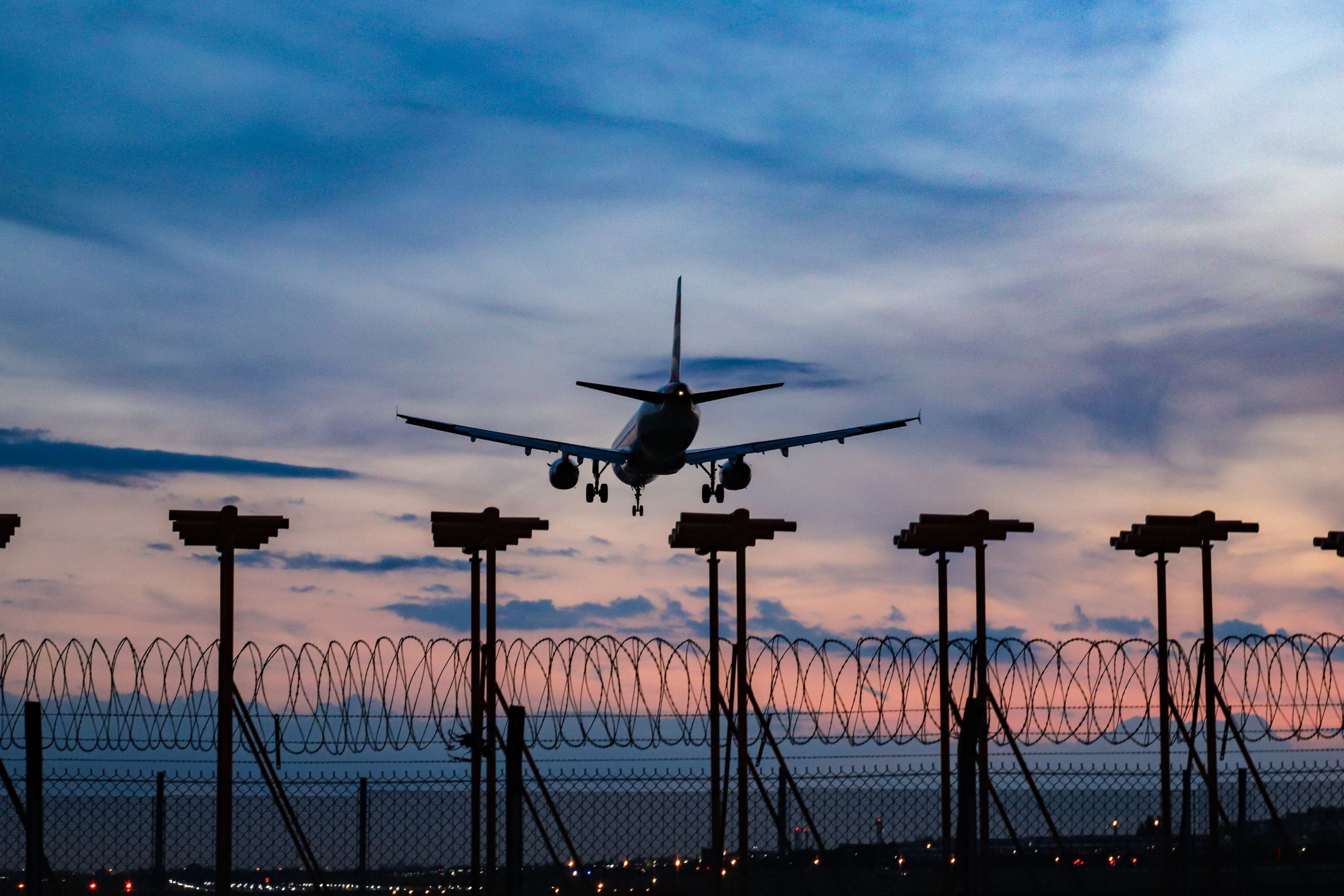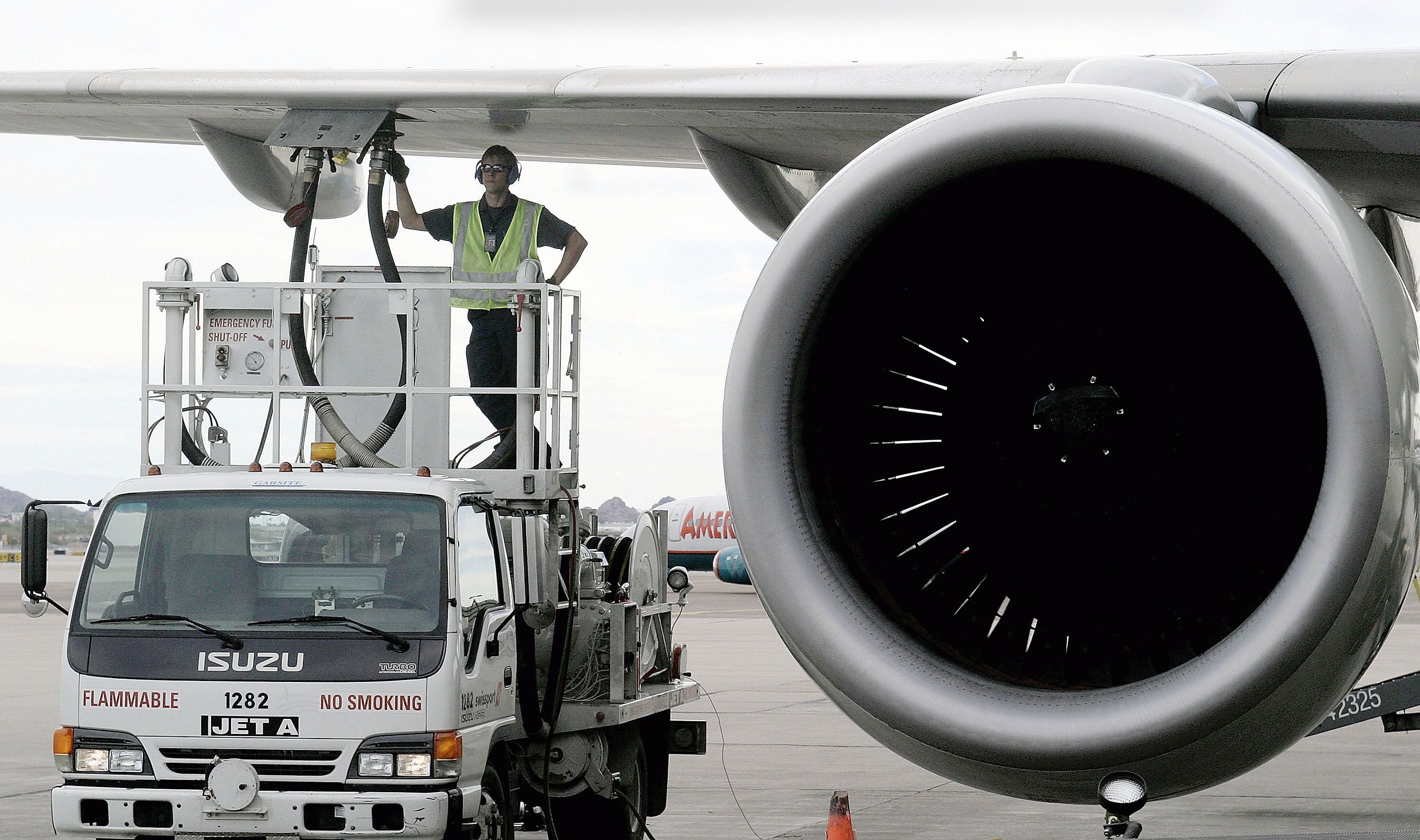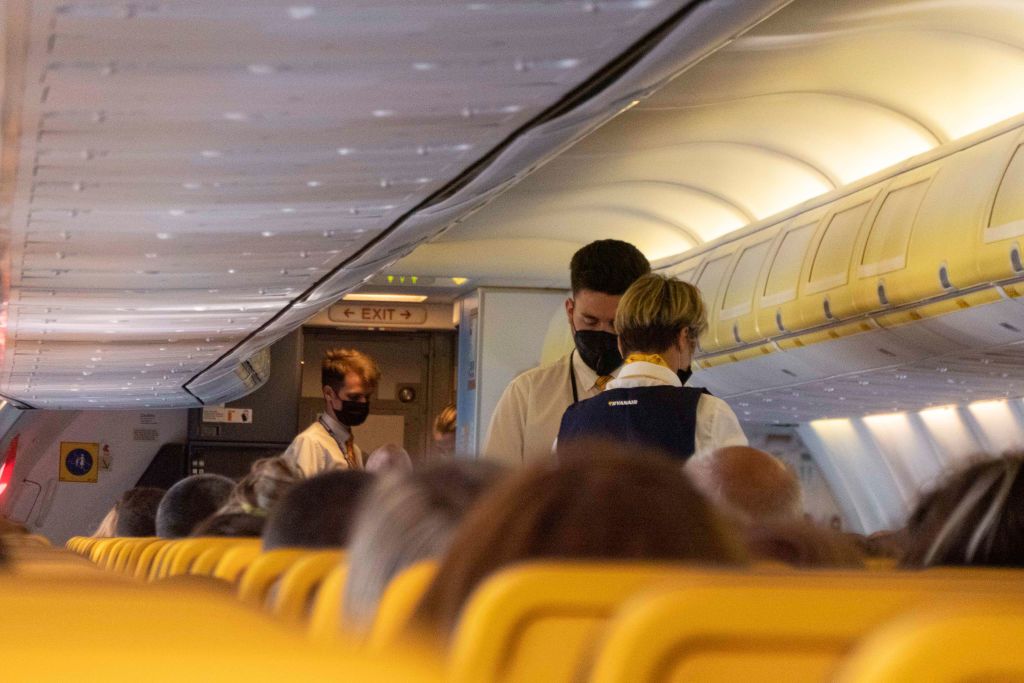Have you ever been comfortably seated on your flight, ready to take off, but then a flight attendant asks you to move? Sometimes cabin crew will ask you to move forward or aft of the aircraft prior to takeoff or landing, so that the weight balance is suitable for the impending maneuver.
Sensitive factors
Weight and balance distribution is something all pilots have to be aware of, whether they are flying a two-seater Cessna or a Boeing 747. It tends to be a more pressing issue the smaller the aircraft is, although larger aircraft have to manage cargo loads accurately to maintain the stability of operations.
While demand is once again high, during the downturn, many carriers were flying planes with much lower load factors than usual, creating the potential for imbalanced cabins.
Why weight and balance are important
Every aircraft has a maximum takeoff weight assigned to it, known as the MTOW. This accounts for all the fuel, cargo, luggage and passengers it is carrying. Most aircraft do not have a large enough MTOW to carry a 100% full cabin of passengers, all their luggage, a fully loaded cargo hold, and full tanks of fuel. Therefore, a balance is required.
One way airlines do this is by only loading enough fuel onboard to make it to the destination (plus some in reserve, as per regulations). Being conservative with the fuel allows aircraft to carry as many passengers as possible.
Then, of course, that weight needs to be distributed in such a way that the aircraft is balanced and able to take off safely. Every person, bag and piece of cargo affects the longitudinal balance of the plane, so having it too heavily or lightly loaded towards either the nose or the tail can make it unstable and difficult to control.
When loading cargo, airlines will take care to balance the weight around the center of gravity. However, in the cabin, too many passengers at the front or rear of the plane can cause an unwelcome imbalance. In this situation, some people may be asked to move seats before takeoff or landing.
Note that if you are asked to move for weight and balance reasons, it is not anything personal. Your own size or height does not come into play because, for the purposes of calculating aircraft weight balance, every passenger weighs the same (an average). Some airlines have looked at weighing passengers to produce a more accurate calculation, but as you can imagine, that didn’t go down too well
Stay informed: Sign up for our daily and weekly aviation news digests.
Ever-changing conditions
When many aircraft were flying near-empty, passengers were more likely to be asked to move. Airlines calculate most of their operations based on having around an 80 – 85% load factor in the cabin. During the peak days of the pandemic, many airlines struggled to fill even 50% of their seats. As a result, it may have been tricky to figure out this calculation for the lower and lighter load.
Nonetheless, if too many passengers are determined to be sitting in one place, say the front of the plane, they may be asked to move more towards the center, or some might be sent to the back to balance it out.
Case by case
Sometimes there are aircraft characteristics to take into account too. For example, Embraer E-Jets tend to be tail heavy, whereas the CRJs are more nose heavy. Ryanair installs folding stairs at the front of their Boeing 737s to speed up turnaround times, which likely adds to the weight at the front.
Magnar Nordal, a flight attendant, shared the following about his short-haul aircraft load experiences on Quora:
"Two times I have experienced that some passengers have not been seated in their assigned seats or that baggage has been loaded incorrectly.
- 220 kg baggage was loaded in the rear compartment instead of the forward compartment. My first officer was flying. When he rotated at take-off did the aircraft pitch up faster than normal. He had to push the yoke forward to avoid losing speed.
- Four passengers seated themselves forward from their assigned seats before take-off. My first officer was flying, and he experienced problems when he rotated the aircraft: It was very heavy. This was a very critical situation, because the runway was very short, and we would not have been able to stop."
In some extreme cases where there is a very light load, the airline may even request the ground crew to load up ballast to balance out the plane. These will be bags of sand or pebbles or sometimes heavy blocks. This is relatively rare but might be seen more often in the current circumstances.
If you’re asked to move, don’t take offense. It’s just a temporary measure, and once airborne, you’ll be permitted to return to your original seat.
Have you been asked to move for balance reasons? What are your overall thoughts about this scenario? Let us know what you think in the comment section.
Source: Quora



